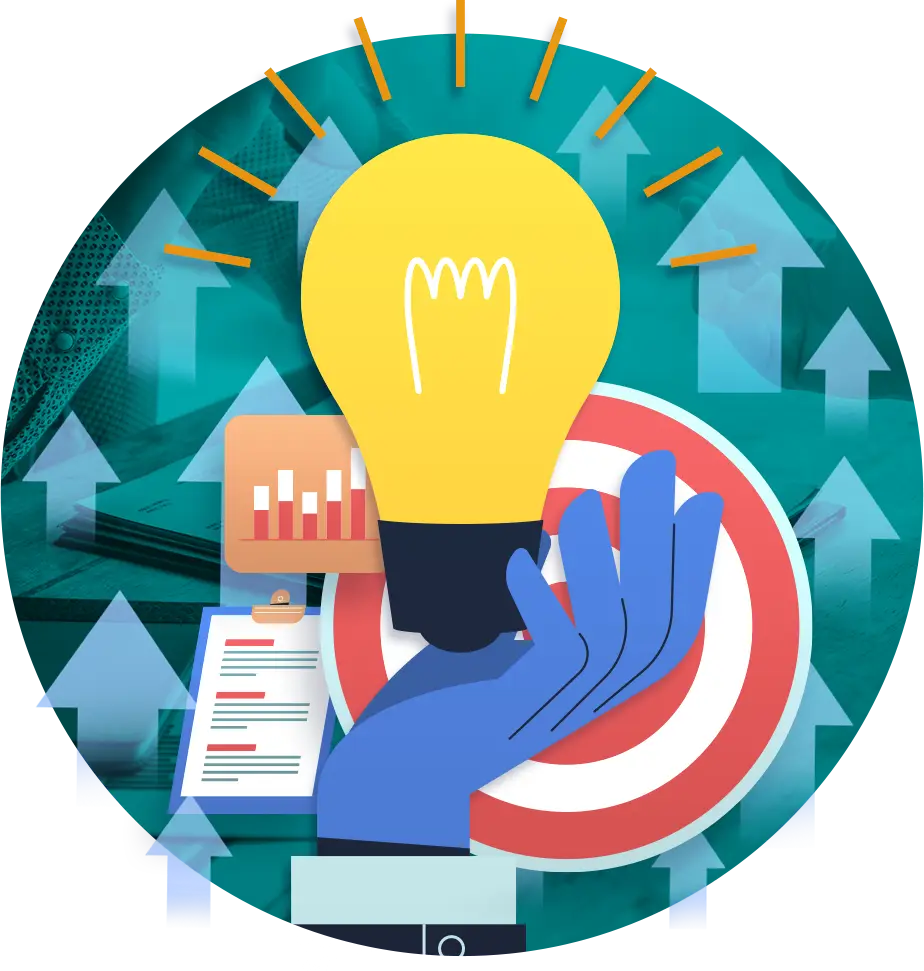Key Takeaways:
Understand what ChatGPT is.
Comprehend its limitations.
Know when to use ChatGPT as a small business leader.
Grow your prompt engineering know-how.
AI tools are a fantastic way that small business leaders can save time and maximize their small team’s resources. And ChatGPT is one of the most popular ones to hit the marketing world. Discover the basics so you can start leveraging it for your small business!
What ChatGPT Is
ChatGPT is a web-based, artificial intelligence (AI) tool developed by OpenAI that generates human-like text responses to questions and word prompts. It’s known as a Large Language Model, which is a type of AI that can generate text, translate languages, write copy, and answer questions intelligently. It’s trained on a massive dataset and code and can learn to perform many kinds of tasks.
To put it more simply, this tool lets you type in a question or request. Then the program gives you a response in complete, well-crafted sentences. If you’re a solopreneur or small business leader, this tool can optimize your resources and save you time.
There have been four versions of ChatGPT to date. The first one was released back in 2021 and the fourth most recent version was released on March 13, 2023, as a paid subscription.
When to Use ChatGPT
While ChatGPT was never intended to replace human workers, it’s a powerful tool that small business owners can (and should) use to reduce work hours and streamline processes. Here at Technology Therapy Group, we’ve found this tool most useful when applied to the following small business tasks:
- Brainstorming Ideas
- Answering Questions
- Writing new or reworking evergreen content for your brand
- Documenting Team Processes
- Cutting Down on Redundancy
- Writing or Debugging Basic Code
- Translating Copy Written in a Foreign Language
- Reviewing Content and Finding Inconsistencies
- Researching General Information About a Topic
ChatGPT’s Limitations
Like with other AI tools, ChatGPT has its limitations. For starters, it has inherent bias simply because it’s been designed and programmed by humans.
Another important thing to note is that ChatGPT’s data is only current up through 2021, because it was trained on human-written documents created before this time. There are certain plugins you can get for it to pull more current data for the copy and tasks you have it generate. But it’s important to note that ChatGPT-4 is the only version to date that lets you use plugins.
Redundancy is another pitfall of the tool, especially if you’re using ChatGPT-3.5 instead of ChatGPT-4. It can also produce inaccurate text, especially if you’re using it to write more technical documents like in the math and legal fields.
Another weakness is that it can be slow due to the number of people using the tool at a given time. In addition, it’s not a secure platform. Once you put information into ChatGPT, the tool uses your input to improve itself.
Because ChatGPT is an AI tool, it’s book smart but not “people smart”. In other words, it has a high IQ but low EQ, which sometimes results in copy that lacks personality or empathy. It also has trouble understanding context. For instance, it doesn’t always get prompts that have a humorous or sarcastic tone.
ChatGPT’s data is only current up through 2021. However, ChatGPT-4 lets you use certain plug-ins to pull more current data from online sources.
The Basics of Prompt Engineering
Prompt engineering is a commonly used term you’ll hear when people talk about ChatGPT. Prompts are simply sets of instructions or guidelines (which humans enter into the tool) that language models use to generate the copy that they do. Prompt engineering is the process of creating and refining these prompts to generate outputs that are as accurate, relevant, and creative as possible.
Some Tips for Perfecting Your Prompts
The more specific and detailed the prompts you use, the more specific and detailed your ChatGPT outputs will be. Here are some additional tips to help you fine-tune your prompts to produce better results when you use this AI tool.
- Ask ChatGPT to structure a response in a certain way, like as an eblast or in a table format.
- Ask ChatGPT to format the response in a certain copywriting formula such as AIDA (Attention-Interest-Desire-Action) or FAB (Features-Advantages-Benefits).
- Use the phrase “act like…” to tell ChatGPT who to impersonate (e.g., a customer, a field expert, a sales representative, etc.).
- Rephrase your prompt, if ChatGPT doesn’t grasp what you’re asking or wanting from it.
The more specific and detailed the prompts you use for ChatGPT, the more specific and detailed your results will be.
Need a Partner for Your AI Journey?
Shorten the learning curve as you learn the ropes of ChatGPT when you work with a Technology Therapy® Group mentor. We offer one-on-one and team coaching services to boost your small business’s efficiency and success.





